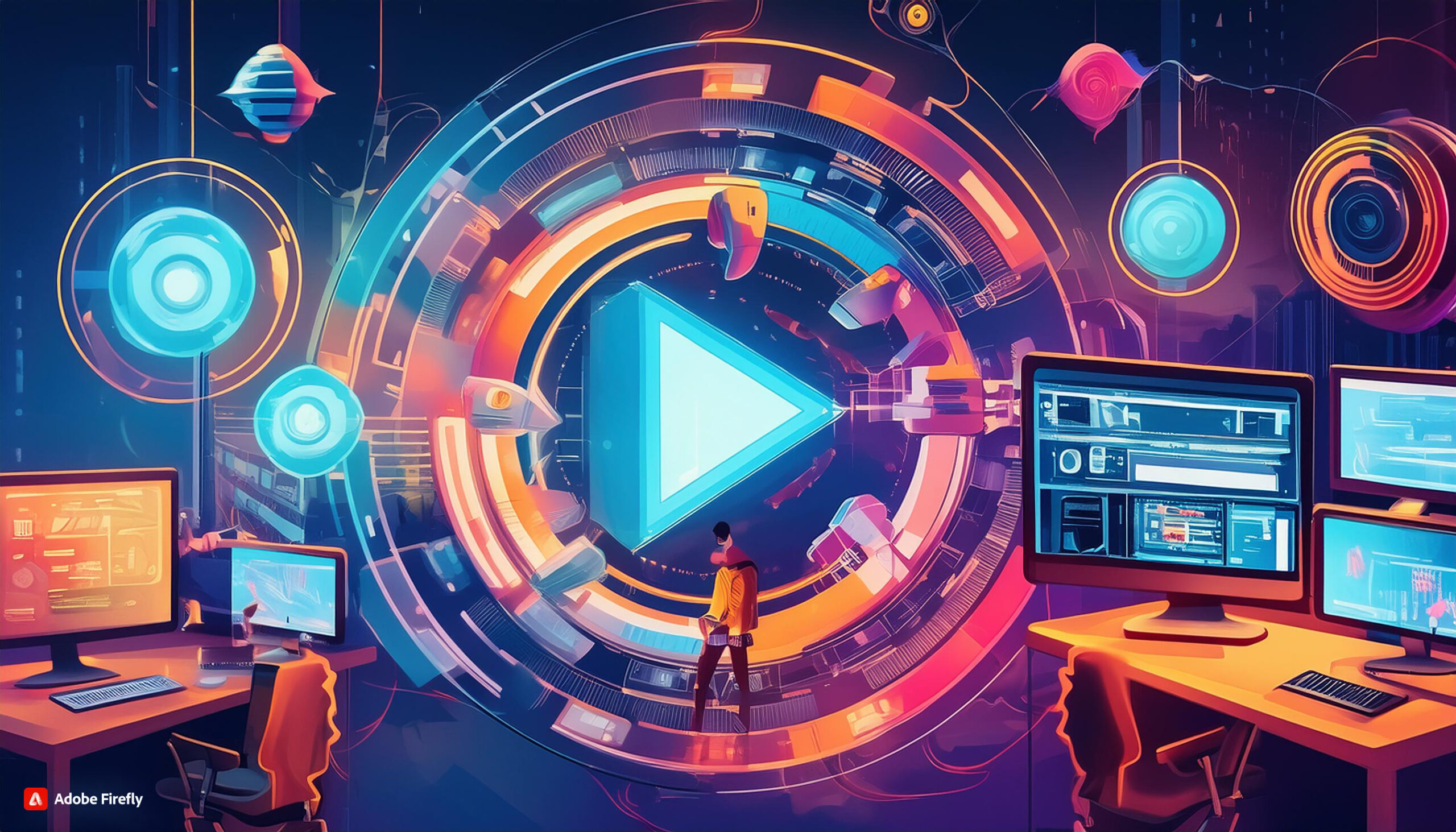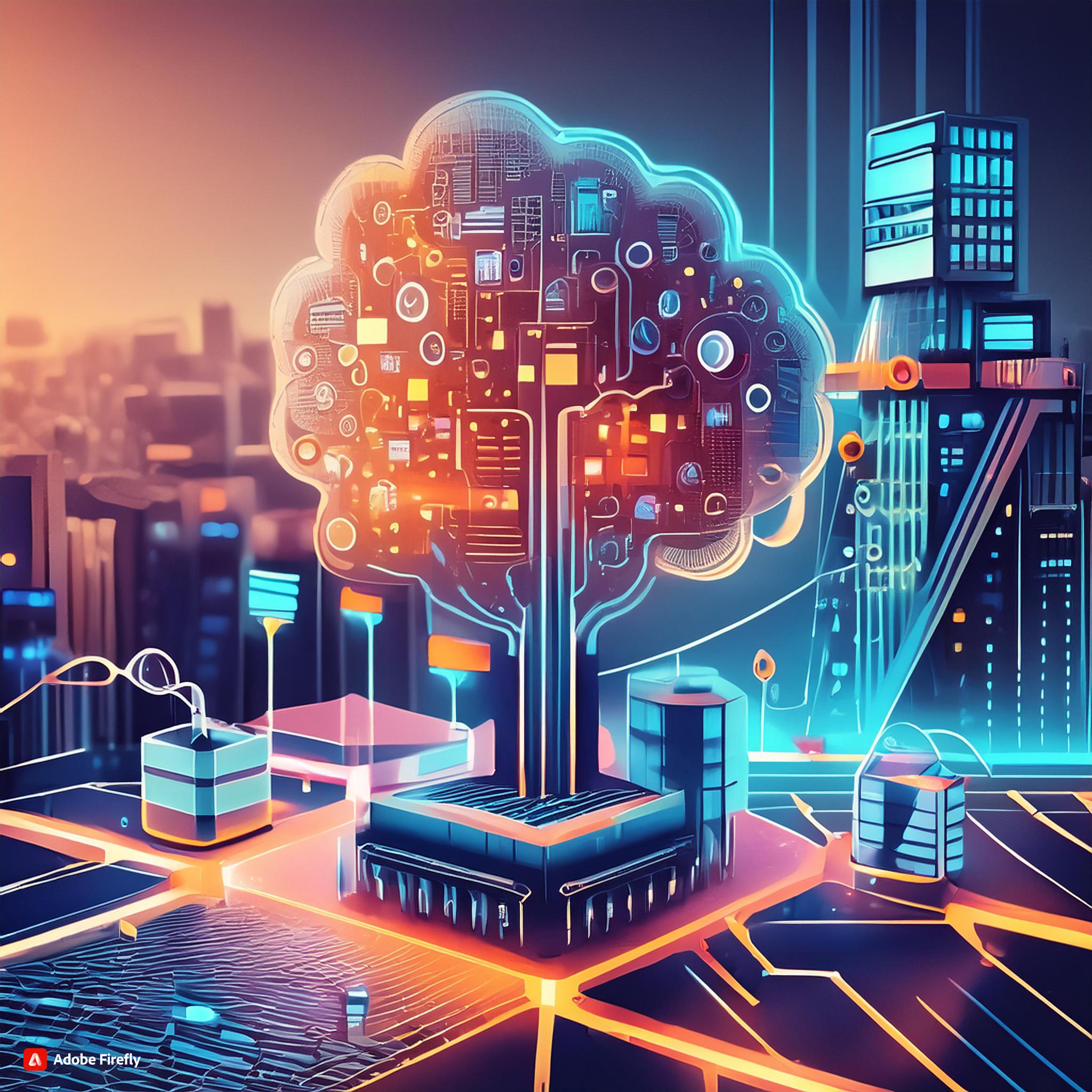Introduction:
In the digital age, software plays a vital part in shaping the way we interact with technology. From the operations we use on our smartphones to the complex systems running in the background of our computers, software is the unnoticeable force driving our bias. In this composition, we’ll claw into the different realm of software, exploring its types, with a specific focus on operation and system software.
Understanding Software
Software refers to a set of instructions that tell a computer how to perform a specific task or set of tasks. It encompasses everything from simple scripts to intricate operating systems. Software acts as an conciliator between the tackle and the stoner, enabling the tackle to serve and furnishing druggies with a means to interact with the machine.
Types of Software
1. System Software
Operating Systems At the core of every computer system is an operating system( zilches). exemplifications include Microsoft Windows, macOS, and Linux. The zilches manages tackle coffers, provides a stoner interface, and ensures smooth communication between software and tackle factors.
Device motorists These are technical programs that allow the operating system to communicate with tackle bias similar as printers, plates cards, and storehouse bias. Device motorists insure flawless integration and functionality.
Utilities System serviceability perform specific tasks related to system operation. exemplifications include fragment remittal tools, antivirus software, and system optimization serviceability.
2. Application Software
l-Productivity Software This order includes operations designed to enhance productivity, similar as word processors( Microsoft Word), spreadsheets( Microsoft Excel), and donation software( Microsoft PowerPoint).
ll-Entertainment Software From videotape games to multimedia players, entertainment software provides druggies with rest and recreational conditioning. exemplifications include popular games like Fortnite and multimedia players like VLC.
lll-Business Software These operations are acclimatized to meet the requirements of businesses and associations. Enterprise resource planning( ERP) software, client relationship operation( CRM) software, and design operation tools fall into this order.
IV-Graphics Software Graphic design tools like Adobe Photoshop and Illustrator belong to this order, enabling druggies to produce visually stunning images and designs.
Application Software
Operation software is designed to perform specific tasks for end– druggies. It’s distinct from system software, which manages and integrates the tackle factors. Let‘s explore some common types of operation software
1. Word Processing Software
Word processors like Microsoft Word or Google Croakers enable druggies to produce, edit, and format textbook documents. These tools are extensively used for tasks ranging from drafting documents to creating resumes.
2. Spreadsheets
Spreadsheet software, similar as Microsoft Excel, is employed for organizing, assaying, and presenting data in irregular form. It’s inestimable for tasks like budgeting, fiscal analysis, and data manipulation.
3. Web Cybersurfers
Web cybersurfers like Google Chrome, Mozilla Firefox, and Microsoft Edge allow druggies to pierce and navigate the vast world of the internet. They interpret and display web content, making them essential for online conditioning.
4. Media Players
Operations like VLC Media Player or Windows Media Player enable druggies to play audio and videotape lines. These media players support a wide range of train formats, furnishing a flawless multimedia experience.
5. Graphic Design Software
Graphic design tools similar as Adobe Photoshop and Illustrator empower druggies to produce visually charming images, illustrations, and designs. These operations are extensively used in the fields of marketing, advertising, and digital art.
Conclusion
In conclusion, software is the driving force behind the functionality and stoner experience of ultramodern bias. The different geography of software includes both system and operation software, each serving a unique purpose. Understanding the distinctions and operations of these software types is pivotal for navigating the digital geography and employing the full eventuality of technology. As we continue to advance in the digital period, the part and significance of software will only continue to grow, shaping the way we live, work, and interact with the world around us.



